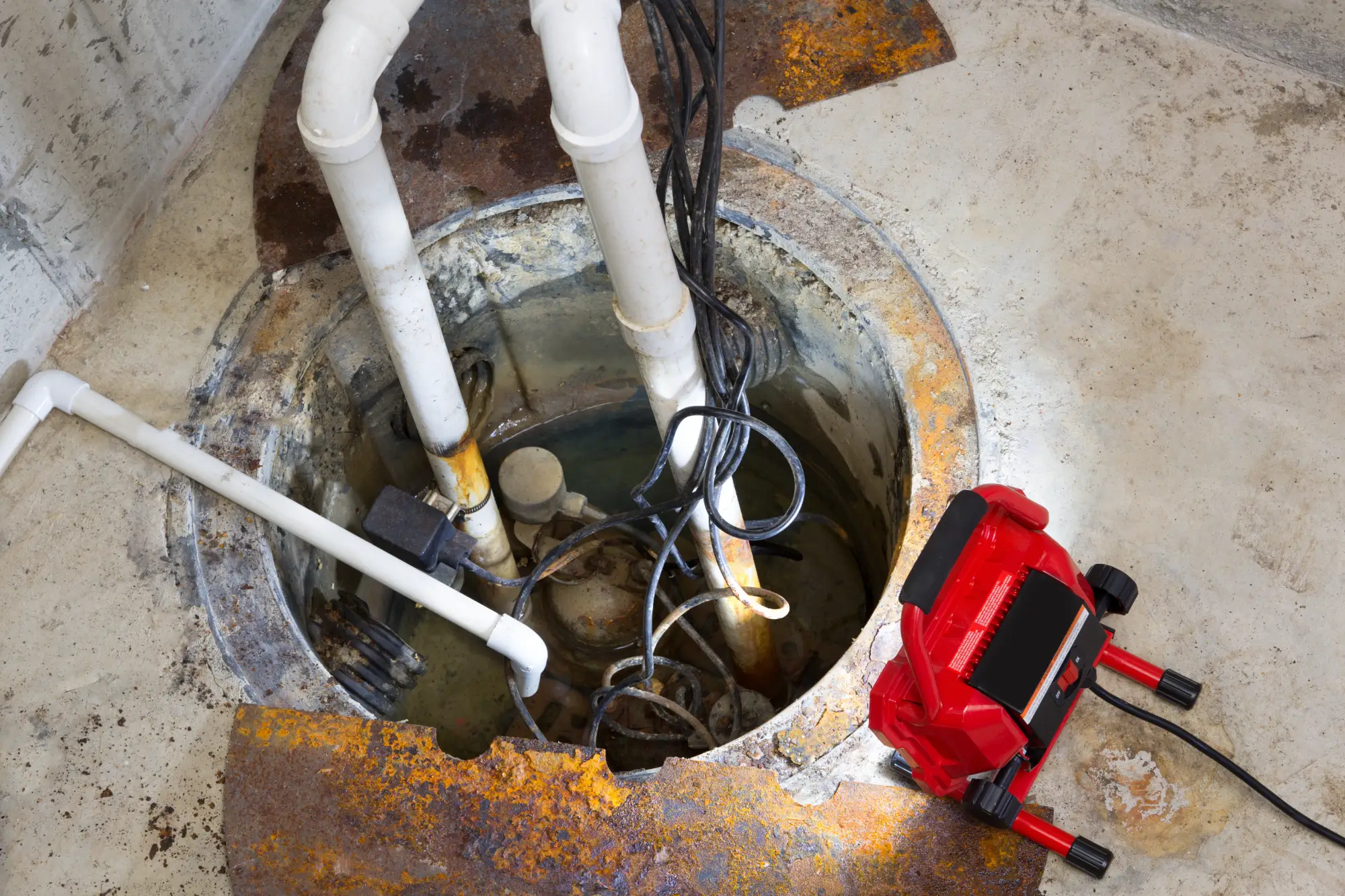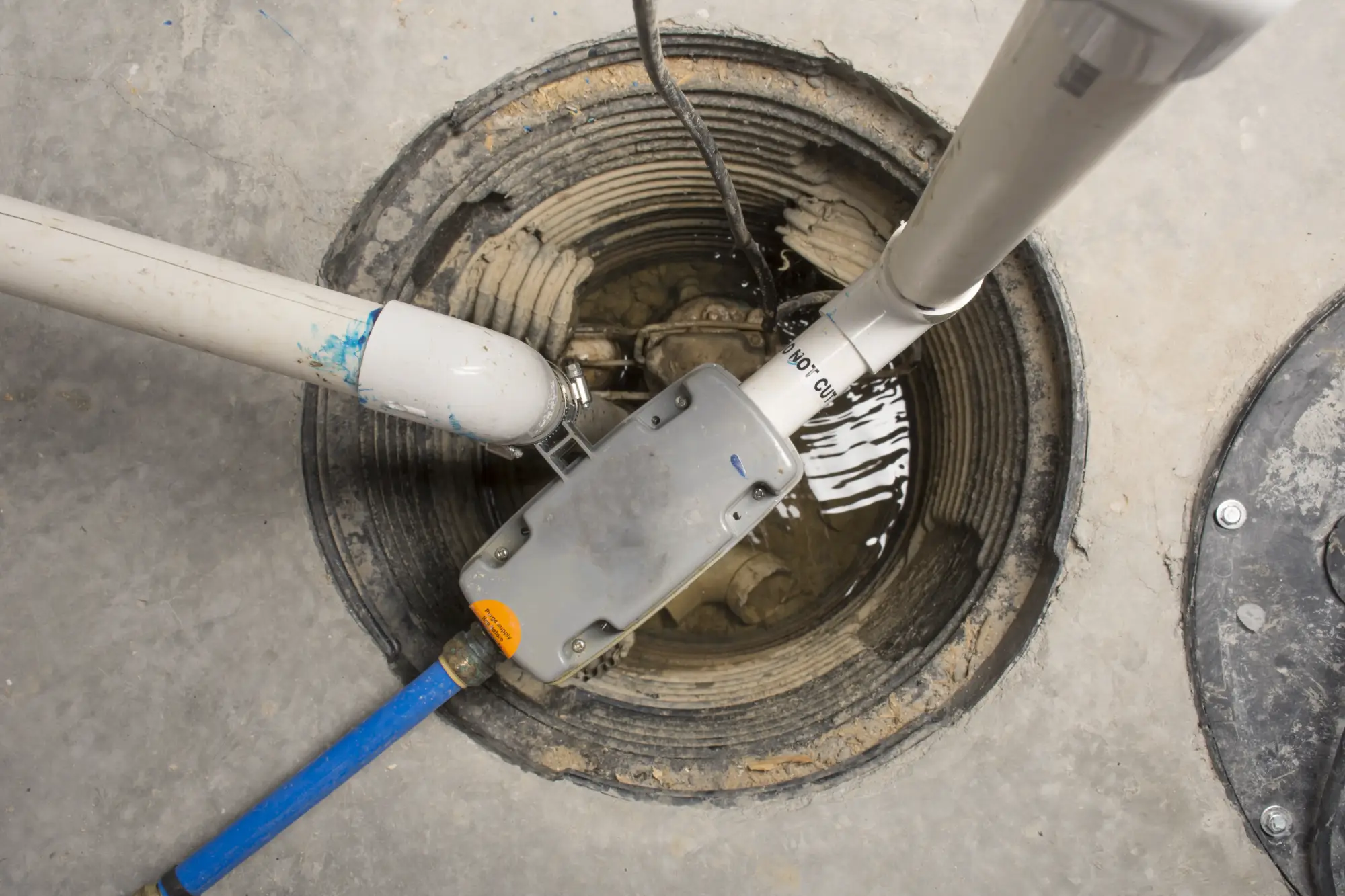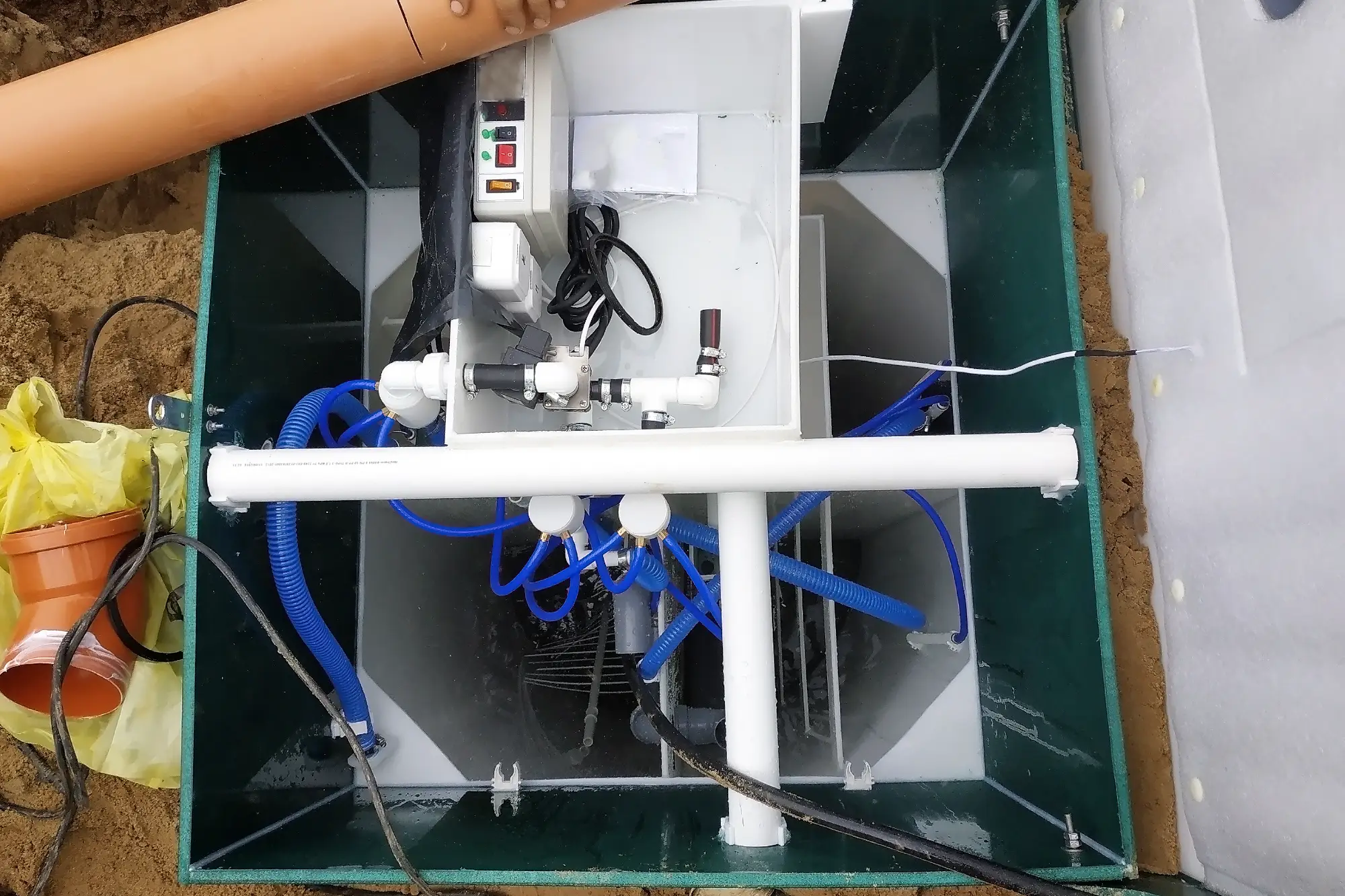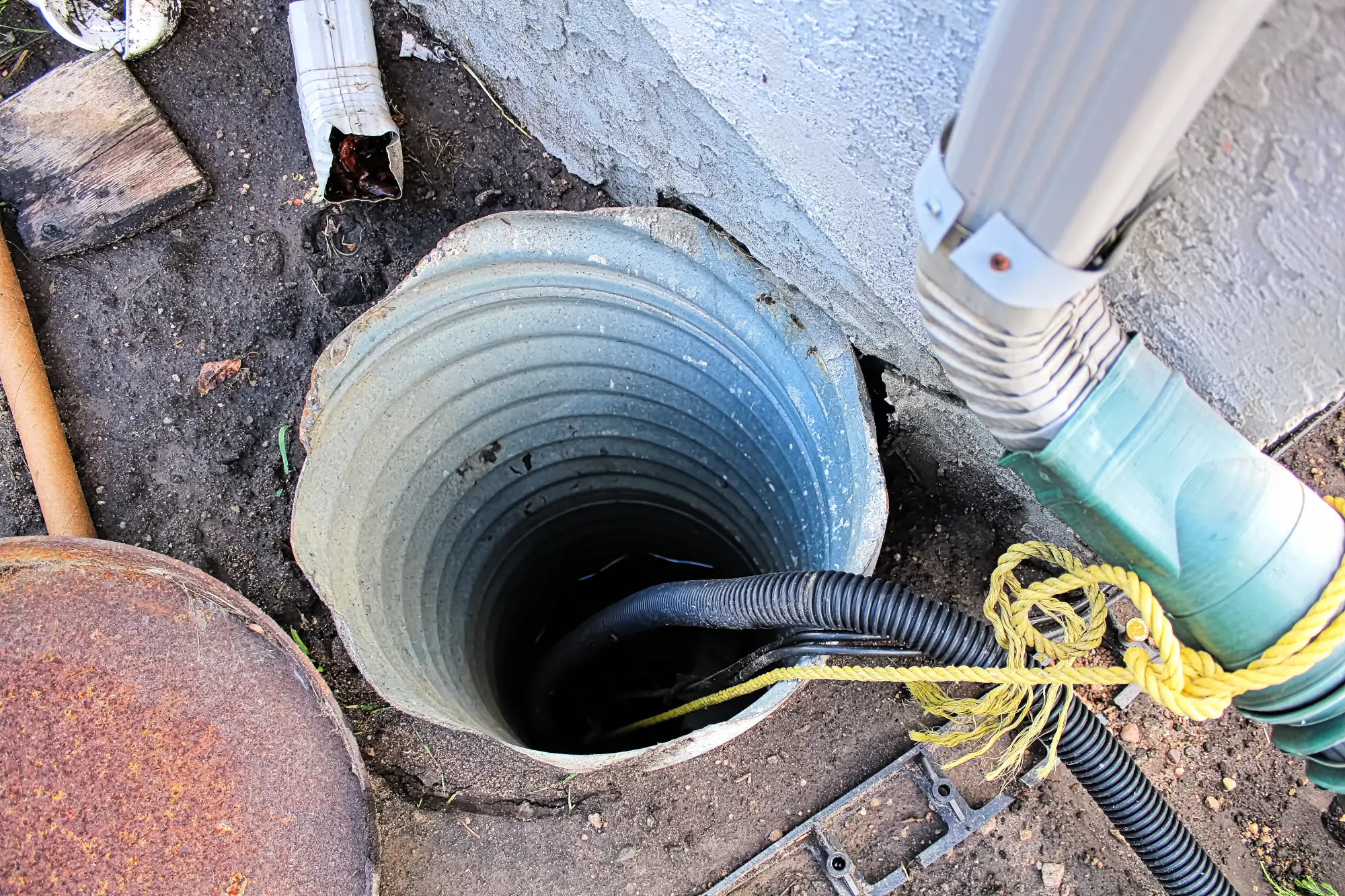Sump Pump Installation in Plainview, NY
Keep Your Basement Dry Year-Round
Professional sump pump installation that actually works when storms hit Plainview.

Hear About Us

Basement Protection Plainview NY
You’ll sleep through the next nor’easter instead of checking your basement every hour. Your finished basement stays dry, your stored belongings stay safe, and you stop worrying every time the weather forecast shows rain.
A properly installed basement sump pump system handles whatever Long Island weather throws at it. Heavy spring rains, summer thunderstorms, hurricane remnants – your basement stays protected.
You get back to using your basement for what matters to you. Storage, recreation, workshop space – whatever you need it for, without the constant fear of water damage destroying everything you’ve worked for.
Sump Pump Installers Plainview
Diamond Masonry & Waterproofing LLC has been solving basement water problems for Plainview homeowners for years. We understand how Long Island’s high water table and coastal storms create unique challenges for basement protection.
Our team handles the complete installation process, from assessing your basement’s specific needs to installing the right sump pump system for your home. We’re not just installers – we’re waterproofing specialists who understand how all the pieces work together.
When you call us, you’re working with local contractors who live here too. We know what it’s like when the power goes out during a storm, and we design our installations accordingly.

Basement Sump Pump Installation Process
First, we assess your basement’s layout, water entry points, and existing drainage. Every Plainview home is different, and your sump pump system needs to match your specific situation.
Next, we excavate the sump pit in the right location – usually the lowest point where water naturally collects. We install the basin, connect the discharge piping, and set up the pump with proper electrical connections that meet local codes.
Finally, we test the entire system to make sure it activates properly and moves water away from your foundation effectively. You’ll know exactly how your new basement sump pump system works and what to expect during the next heavy rain.

Ready to get started?
Explore More Services
About Diamond Masonry & Waterproofing
Get a Free Consultation
Custom Sump Pump Solutions Plainview
Your sump pump installation includes everything needed for reliable basement protection. High-quality pumps designed for Long Island conditions, proper basin installation, and discharge lines that won’t freeze during winter storms.
We handle the electrical connections, ensure proper grading around discharge points, and integrate your new system with any existing waterproofing measures. Many Plainview homes need backup pump options too – we’ll discuss what makes sense for your situation.
You also get clear instructions on maintenance and testing, plus our contact information for any questions after installation. We want your system working perfectly for years, not just passing inspection on day one.

How long does sump pump installation take in a typical basement?
What size sump pump do I need for my Plainview home?
Do I need a backup sump pump system on Long Island?
Where does the water go when my sump pump runs?
How often should I test my sump pump system?
What happens if my sump pump fails during a storm?
Local Resources
- Google Map Link
- Find the Plainview, NY USPS
- Locate Nearby Plainview, NY Pharmacies
- View the Current Weather in Plainview, NY
- Plainview, NY is located in Nassau county in New York State